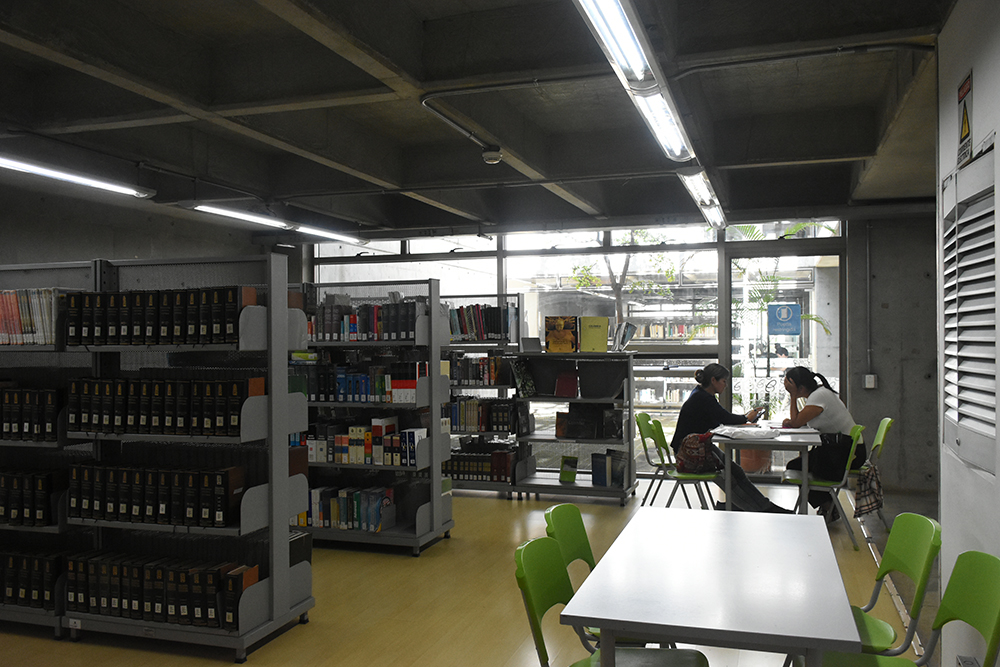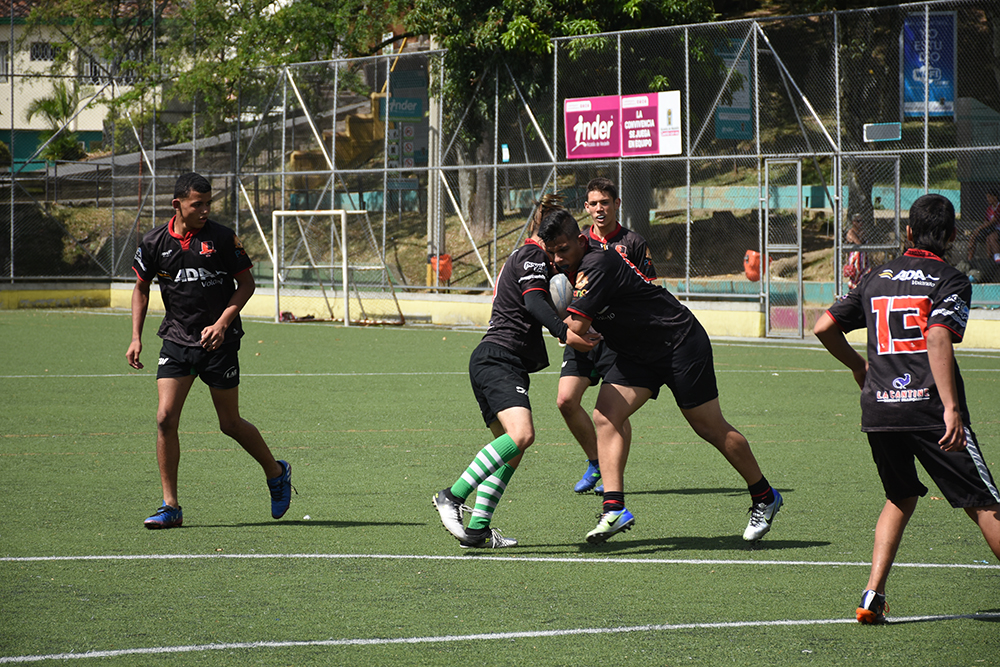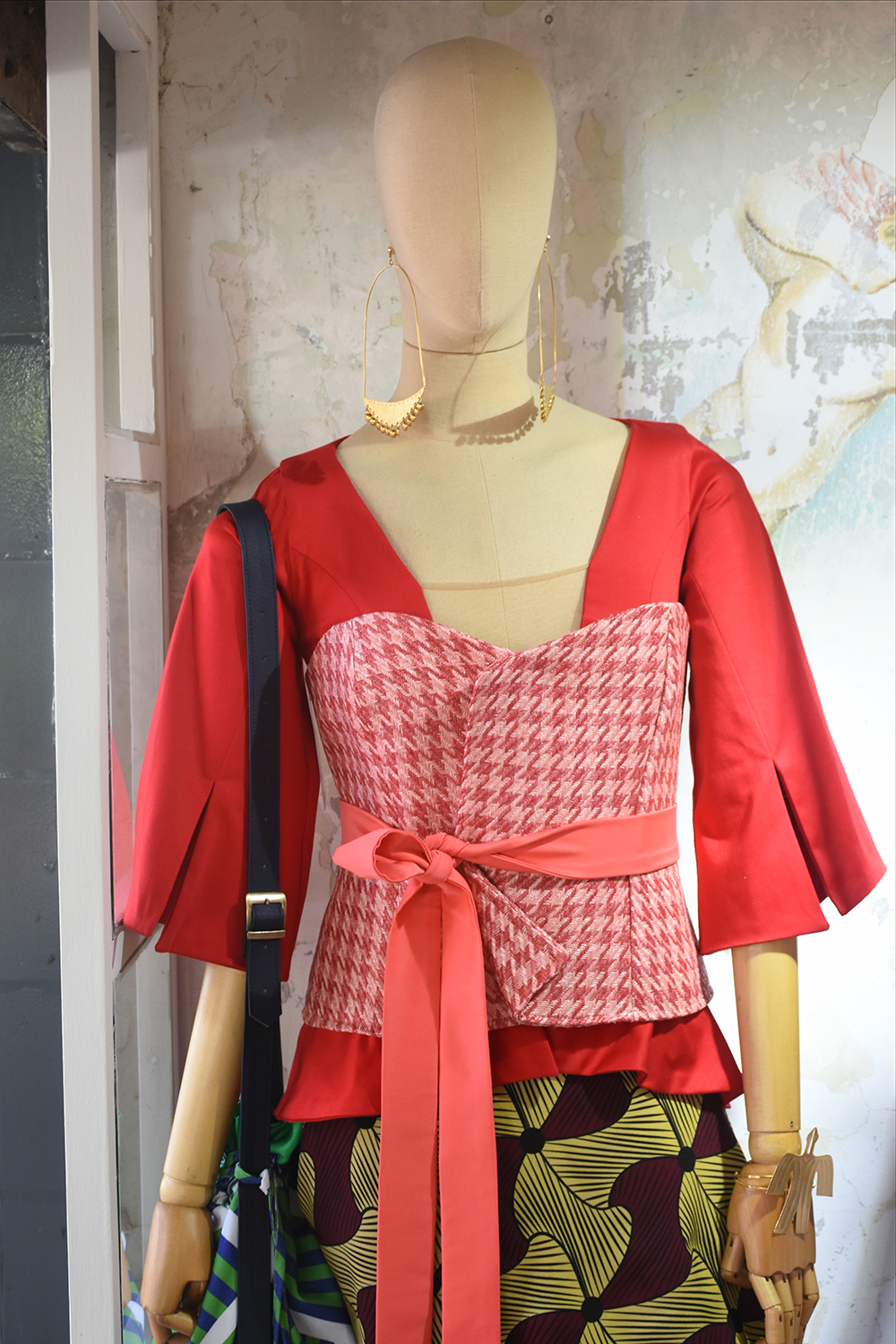Medellín: City of inclusive innovation
Colombian metropolis uses its transport system, facilities and innovation as weapons against violence and poverty

By Daniel Salgar and Maria Paula Triviño
MEDELLIN, Colombia
The Colombian city of Medellín is usually associated with drug lord Pablo Escobar, cocaine, armed groups and the mafia.
Although it is still battling various social problems, a number of public policies aimed at social transformation have generated important advances in efforts to eradicate violence and drug trafficking.
Today, Medellin is known for its inclusive and innovative projects that encompass the development of a unique transportation system in Colombia, model public libraries that have brought culture and knowledge to marginal areas, a large number of sports facilities that can be used for free, the development of the biggest textile industry in the country and the opening of several projects focused on promoting entrepreneurship and innovation.
The City

Medellín is divided into 16 communes, and since the middle of the 20th century, they have been expanding up the city’s hillsides. Some of them became home to internal migrants attempting to escape violence in rural areas, but the resulting poverty, unemployment and violence became a headache for the local government.
“In 1991, when the city passed through the more violent chapter of its history, the homicide rate was 381 people per 100,000 inhabitants,” said Medellín Mayor Federico Gutierrez.
A security strategy focused on armed repression of crime reached its peak with Operation Orion in 2002. Nobody in Medellín can forget the massive presence of armed forces in slum 13 in an operation that lasted for two days in which dozens of people disappeared as the National Army fired on paramilitary groups, ELN and FARC guerillas and urban militias from helicopters.
Armed repression was not very successful, and instead, new policies of social urbanism were introduced in 2004 with the government of Mayor Sergio Fajardo based on the model of so-called "urban acupuncture" developed by architect Jaime Lerner, who was mayor of Curitiba, Brazil from 1971-1975, 1979-1983 and 1989-1992.
This model focuses on bringing new opportunities to the historically marginalized areas of the city, and one of the keys to the success of these policies is that successive local governments have continued them under mayors Alonso Salazar (2008-2011), Aníbal Gaviria Correa (2012-2015) and Federico Gutiérrez (2016 to present).
Inclusive transportation system

One of the milestones of the city’s transformation is its inclusive transportation system. With seven lines, the Medellin Metro is the only metro system in Colombia. It began operating in 1995 and now also has four Metrocable cable-car lines, a system that was the first in the world serving as public transport year round, two bus lines that connect with the metro and a tram that carries people to slums 8 and 9.
More than transporting people, the territories around this system have been transformed. Sports, tourism, commerce and urban art, for example, have been reactivated around the transport infrastructure. Today, it is normal every day to see hundreds of tourists visiting the city’s slums. Decades ago, it was impossible to enter these areas.
Public Libraries

Medellin is the Colombian city with the highest readership, according to National Reading Survey 2017. One of the measures that made this possible was the construction of eight library-parks at hotspots in the city where there was a high degree of violence and crime.
These places have become neutral spaces that now receive around 8,000 visitors daily. According to Daniel Zapata, Undersecretary of Reading, Libraries and Heritage, “these spaces weave community networks in the slums”.
In the literature room of the San Javier library, opened in 2006 and built in an area where a women's prison was previously located, Zapata assured that these projects "have allowed a large number of young people to be removed from a violent context where they are vulnerable…These are oases of coexistence amid very complex realities, even between people there previously involved in armed and social conflict”.
Sports

In addition to culture and knowledge, sport has been one of the most important areas in the transformation of Medellín. Some 886 sports facilities can be used for free. The director of the Institute of Sports and Recreation of Medellín, Daniel Palacios, says that on average, 700,000 people use these facilities monthly. They visit them to play basketball, rugby and for gymnastics and street workouts.
“We want to dignify people's lives in all the communes, but especially in those which the population has more needs. In other cities of the world, it is very difficult to find free public spaces, and that is the purpose: to transform Medellín through sports,” said Palacios.
Textile industry

Internationally renowned events such as Colombiatex and Colombiamoda made Medellín the center of the textile industry and fashion, representing 50 percent of the national production.
More than runways and trends, these events are promoters of industry, entrepreneurship and innovation. In the 29th edition of Colombiamoda, which took place between Aug. 24 and 27 this year, more than 11,000 national and international buyers invested US$169 million. Through these events, Colombia has strengthened its commercial relations around textiles and clothing with countries such as the U.S., Ecuador, México, Peru, Brazil and Costa Rica.
Route N

The construction of a huge building called the Route N Innovation District is a recent bet to turn Medellín into a platform for entrepreneurship. It is a high-tech and environmentally friendly building where 70 companies are found. In 2017 alone, they generated 2,795 jobs, and studies are even carried out on Zika, Chikungunya and other tropical diseases.
“We attract companies from other countries to hire national talent, strengthen local capabilities, expand the business network of the city and develop innovative projects that can transform Medellin into an environmentally friendly place, with high technology and even artificial intelligence," said Sergio Naranjo, Route N’s press officer.
Through these milestones, the transformation of Medellín is visible. Although the problems of violence, weapons and narcotics persist in several marginal areas, the developments made in public transportation and fashion over 30 years and the sustained policies during the last 14 have made Medellín a capital of innovation and social inclusion.
No comments:
Post a Comment